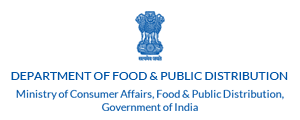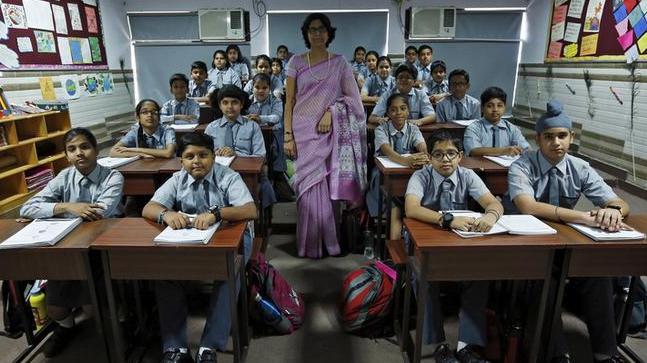
The Secretary, Department of Food and Public Distribution, Shri Sudhanshu Pandey today launched a ‘Common Registration Facility’ on pilot basis for 11 States/UTs i.e. Assam, Goa, Lakshadweep, Maharashtra, Manipur, Meghalaya, Mizoram, Nagaland, Punjab, Tripura and Uttrakhand.
This Web based facility will enable these 11 States/UTs to collect data of persons desirous of registering for inclusion under NFSA, including migrants residing in other states. This facility will help States/UTs in expeditiously identifying and verifying the eligible beneficiaries for coverage under NFSA as per their established inclusion and exclusion criteria, subject to the ceiling limit of NFSA of the State/UT and thus achieving the rightful targeting of benefits.
While addressing media persons here, Shri Pandey said, “This portal is only an enabler for States/UTs to complete their inclusion exercise under NFSA.” He emphasisied that the portal will help in streamlining data management while providing a platform to the States/UTs to help inclusion of beneficiaries.
The National Food Security Act, 2013 (NFSA) provides food security coverage for a maximum of 81.35 Crore persons in the country.
State/UT-wise total number of persons being covered under NFSA (including AAY families) has been clearly defined under the Targeted Public Distribution System (Control) Order, 2015 of this Department issued under the National Food Security Act, 2013 (NFSA). The present NFSA coverage at the national level is about 79.74 Crore against the total ceiling limit of 81.35 Crore.
All States/UTs are being continuously advised to identify maximum eligible and left-out persons (presently not covered under NFSA) through special camps, identification drives, etc. and bring them under NFSA coverage (AAY/PHH) as per their eligibility and up to the respective ceiling limits and also to regularly weed out the ineligible beneficiaries from the coverage.







Leave a Reply
You must be logged in to post a comment.